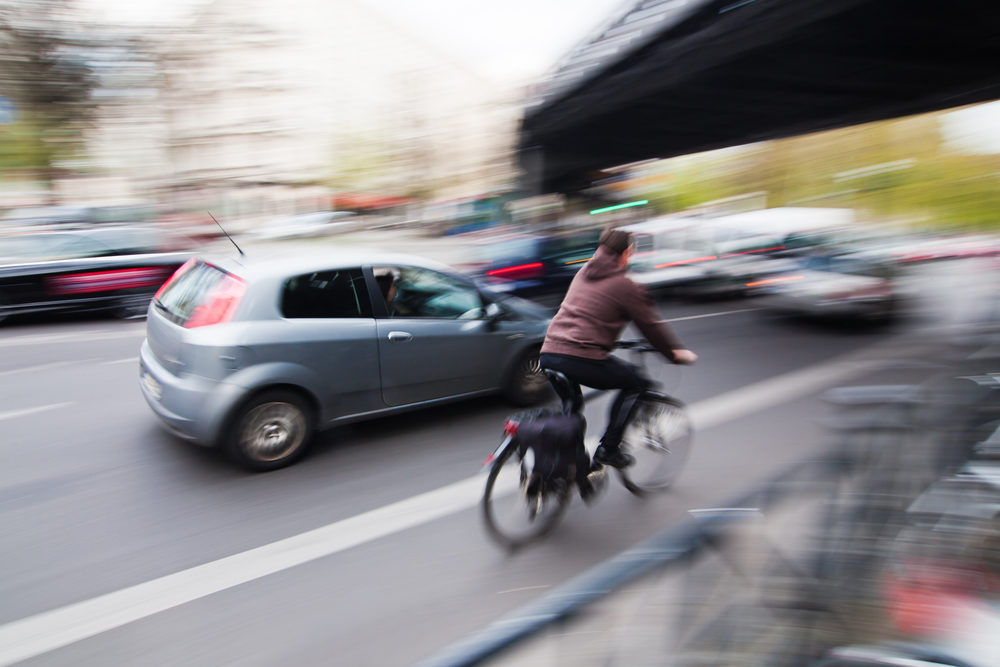
Oakland bicycle enthusiasts received great news on February 9. The city secured over $30 million in grant money to strengthen the bicycle-friendly infrastructure within the East and West Oakland Neighborhood routes.
The money, $17-million for the east route and $14-million for the west route, is earmarked from the California Active Transportation Program. Work will include the construction of about one mile of protected bike lanes and new intersections. The money will also be used for bus lanes, a new greenways system, which will be called bike boulevards, crossing areas, and traffic signals.
According to Robert Prinz of Bike East Bay in the Streetsblog SF article Oakland Gets Grant for Safety, the work will be “…a high-quality build-out of a large section of the city’s bike plan in that part of town all at once, instead of the usual piecemeal bike network implementation.’’
Before COVID-19 flared, city leaders had discussed an improvement project within the district. However, as the pandemic continued, efforts were postponed due to budget concerns.
Perhaps Oakland’s rising reputation as a leader in the “slow streets’’ movement helped secure the city being selected to receive the grants. In the earliest days of the COVID-19 pandemic, the movement came to life when city leaders closed 74 miles of its streets to through-traffic. The roads remained open to residents, emergency and other essential vehicles, but other through traffic was not allowed. City residents traveling by foot or bicycle were given priority. Dubbed “Oakland Slow Streets,” the effort became a model for cities across the nation to copy.
How Improving Infrastructure Makes Roads Safer
First and foremost, having designated areas for cyclists and pedestrians to be separated from vehicle traffic is safer. According to a National Highway Traffic Safety Administration (NHTSA) report released in 2019, there were 857 bicyclist fatalities, the highest in almost 30 years, and the increase appeared to be mainly in urban areas, and, since 2009, the number of cyclist fatalities in urban areas has risen by 48 percent. With a separate, designated infrastructure, cyclists in cities would ride easier, battling less congestion and with less stress.
Secondly, everyone else is safer too. In an article for AARP, Dan Burden, founder of the Walkable and Livable Communities Institute, explained it this way, “The reason for bikeways is not what they do for bicyclists, but what they do for the whole community. They’re great for drivers because they make it safer to get in and out of parked cars. They’re great for walkers because it creates more distance between the sidewalk and speeding vehicles.”
It seems obvious, doesn’t it? You have a designated area only for bikes, and more individuals will be safer. Yet, for decades here in the U.S., a “safety in numbers’’ mentality overruled building infrastructures for bicycles.
However, in 2019, researchers from the University of Colorado and the University of New Mexico released a groundbreaking study that confirmed the places where infrastructures, or bike paths, were installed had the true safety zones. The study included ten years of data from 12 U.S. cities known to be popular with cyclists. It showed the cities whose road fatality rate saw the highest drops also increased bicycle infrastructures year over year.
Portland was reported with the most significant increase in infrastructure and the greatest drop in the fatality rate. The data showed that between 1990 and 2010, bicycle-friendly infrastructures increased from 1.2% to 6%, while over the same period, the road fatality rate dropped by 75%. Other top cities that added bike lanes and fatal crash rates dropped include San Francisco, Seattle, Denver and Chicago.
The study proved that bike infrastructures act as a calming mechanism on traffic, even causing the cars to move slower. According to Nicholas Ferenchak, one of the co-authors of the study, “…this research has boiled it down for city planners: create cycling facilities, and you’ll see the impact.”
If you or a loved one has been injured in a bicycle accident on California streets, please seek legal help as soon as possible. For comments, questions, or legal services from an experienced San Francisco motorcycle, bicycle, pedestrian and auto accident attorney, call 415-432-7290 or visit www.ccwlawyers.com. All calls and email inquiries are covered by the attorney-client privilege and are strictly confidential.

Choulos, Choulos & Wyle is a boutique-style law firm serving the San Francisco area. Our team of attorneys focuses on providing personal attention and building strong relationships with our clients. This approach allows us to understand our clients’ needs better and get the best results suited to their legal situations. Some of the practice areas that we focus on but aren’t limited to include motorcycle, car, bicycle and pedestrian accidents, personal injury and wrongful death. If you need an experienced San Francisco lawyer with a proven track record of maximizing their client’s settlements, please contact us at www.ccwlawyers.com for a free case evaluation or call (415) 432-7292.


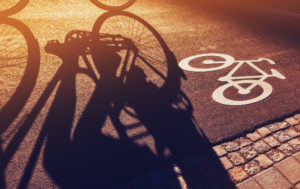
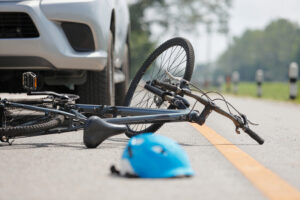
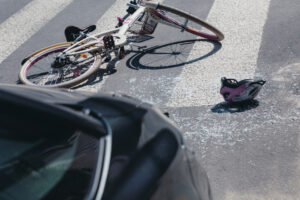
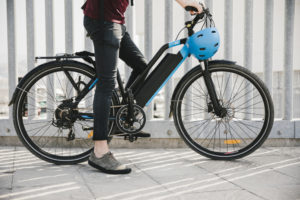








Comments for this article are closed.